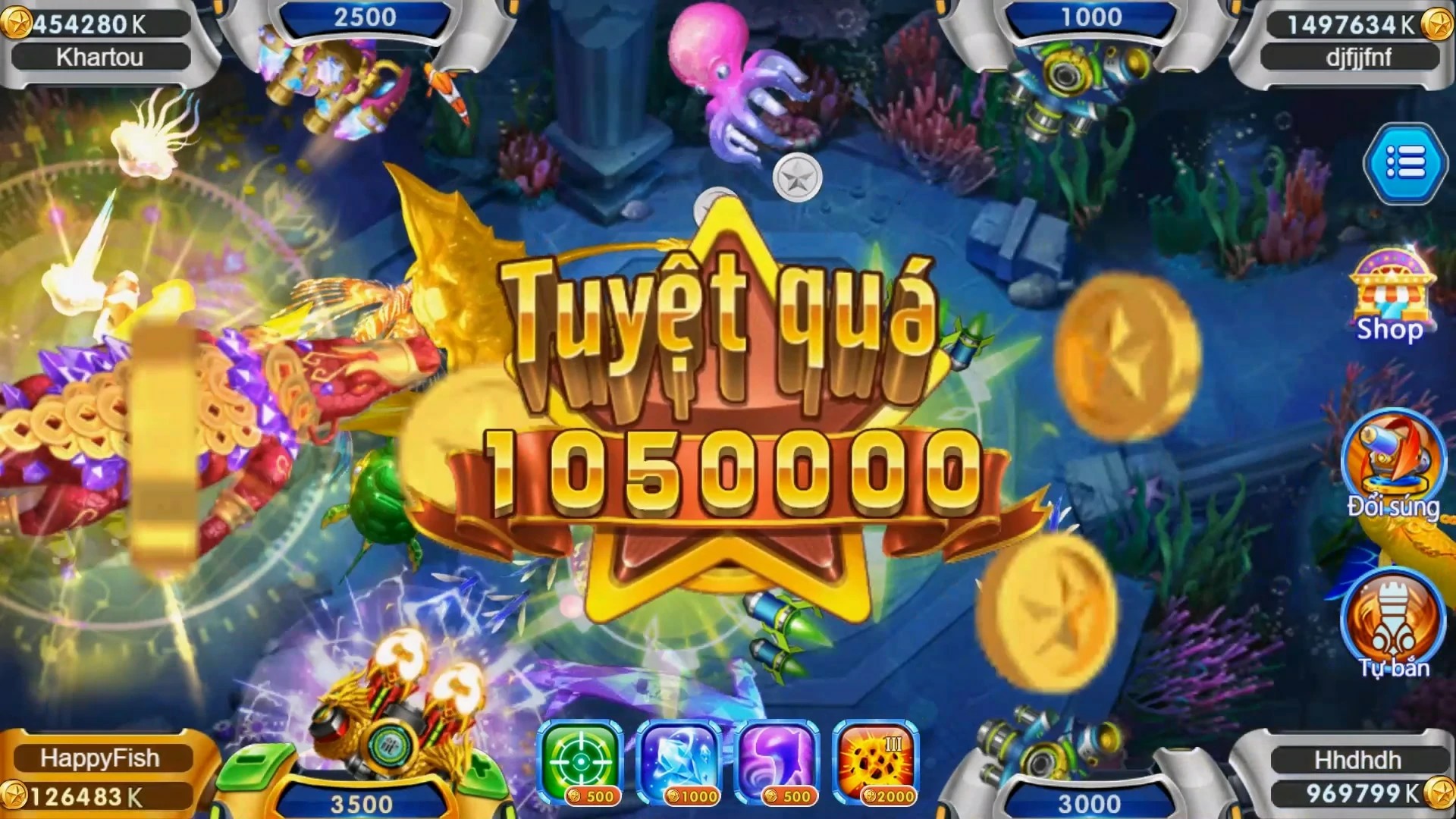Why Casual Games Are Dominating the Market and How Strategy Games Can Compete
In today's gaming landscape, casual games have taken the spotlight. Ever wonder why? The blend of accessibility, engaging gameplay, and social interaction seems to create a perfect storm that attracts millions. But what does this mean for the strategy games niche? Those immersive worlds filled with epic battles, like Clash of Clans, seem to be losing ground. Let’s dive into this phenomenon and explore how strategy games can up their game.
Understanding Casual Games
Casual games, by definition, are easy to learn and play, appealing to a wide audience. Just look at the staggering statistics:
| Feature | Casual Games | Strategy Games |
|---|---|---|
| Learning Curve | Low | High |
| Play Duration | Short (5-30 mins) | Long (30 mins - hours) |
| Target Audience | Wide (all ages) | Niche (typically older teens and adults) |
These games are designed for everyone. Titles like Candy Crush and Among Us have shown that you don’t need to be a hardcore gamer to enjoy this medium. This accessibility is crucial in a market where people want instant entertainment.
What Makes Casual Games So Addictive?
- Simplicity: Easy rules that anyone can get.
- Social Interaction: Players can connect, share scores and compete on leaderboards.
- Frequent Updates: Regular refreshes keep the content fresh, urging players to return.
- Visual Appeal: Bright colors and engaging designs grab attention.
Just think about it: after a long day, you want to unwind. It’s a lot easier to jump into a few rounds of a casual game than to strategize your next move in a complex battle.
The Rise of Strategy Games
Even though casual games rule the roost, strategy games aren’t completely out of the picture. In fact, they offer a depth of experience often not found in casual titles. Games like Clash of Clans and Starcraft possess community-driven elements with competitive leaderboards.
However, they face unique challenges. Unlike casual games, strategy games often demand significant time investments and learning curves. For those new to gaming or looking for a quick thrill after work, this complexity might seem overwhelming. But, **what if strategy games could adapt?**
How Strategy Games Can Compete: A New Perspective
So, how can strategy games regain their footing? Here are a few ideas:
- Innovate Gameplay: Embrace elements from casual games, such as shorter play sessions and simplified mechanics.
- Emphasize Social Features: Implement features that allow players to connect and compete socially.
- Freemium Model: Adopt a free-to-play model that offers in-game purchases, making it easier for new players to start.
- Crossover Events: Create themed events in popular casual games to attract players.
The Clash of Clans Example
Consider the iconic Clash of Clans. By introducing Builder Hall 2 and focusing on base-building tactics through engaging tutorials, it has miniaturized the complex strategy experience into bite-sized content. Players can hop on for a quick fix without feeling overwhelmed.
Community and Content Updates
Another avenue for improvement lies in community engagement. When strategy games regularly update content and interact with their players, they cultivate a sense of belonging. **Engagement tactics can include:**
- Hosting tournaments.
- Encouraging fan-generated content.
- Incorporating feedback from players into updates.
Conclusion: It’s All About Balance
The gaming market is vast and ever-evolving. While casual games have found their niche in the hearts of players with simplicity and social fun, strategy games can still thrive. By combining the accessibility of casual games with the depth of strategy gameplay, developers can create a hybrid experience. This approach not only caters to seasoned gamers but also brings in new players looking for complex yet engaging entertainment. Is there a bright future ahead for strategy games? Absolutely, but realigning their strategies is crucial. Just don’t wait too long—after all, the competition is stiff!



